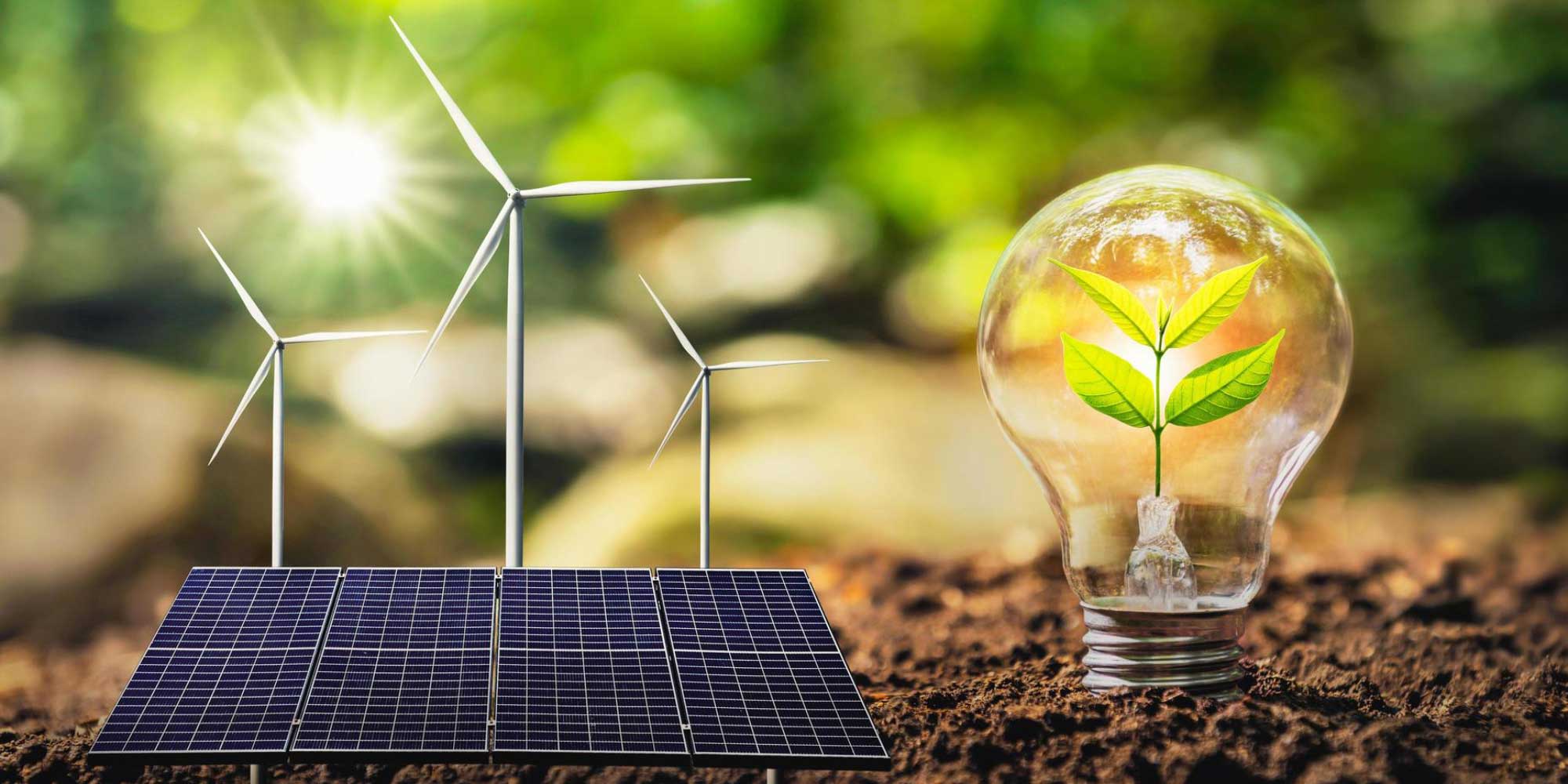Introduction
Applying coatings to solar panels offers more than just protection and aesthetic appeal; it can yield substantial cost benefits over the lifespan of a solar energy system. Let’s delve into the economic advantages of coating application and how it translates into long-term savings for solar panel owners.

1. Enhanced Performance:
Coatings applied to solar panels can significantly enhance their performance by improving light absorption, reducing reflection, and minimizing energy loss. Anti-reflective coatings, for example, increase the amount of sunlight captured by the panels, thereby boosting energy conversion efficiency. Similarly, self-cleaning coatings help maintain optimal performance by preventing dust and dirt buildup, ensuring maximum sunlight exposure. These performance-enhancing properties result in increased electricity production, translating into higher financial returns for solar panel owners over time.
2. Extended Lifespan:
Coatings act as a protective barrier, shielding solar panels from environmental factors such as moisture, UV radiation, and temperature fluctuations. By safeguarding the panels against degradation and wear, coatings help extend their lifespan, reducing the frequency of maintenance and replacement costs. With proper coating application, solar panels can continue to operate efficiently for years, maximizing the return on investment for solar energy systems.
3. Reduced Maintenance Costs
One of the significant cost benefits of applying coatings to solar panels is the reduction in maintenance expenses. Self-cleaning coatings, in particular, minimize the need for manual cleaning and upkeep by repelling dust, dirt, and other contaminants. This not only saves time and labor but also reduces water usage and associated cleaning costs. Additionally, coatings that offer durable protection against corrosion and weathering help mitigate the risk of damage, further lowering maintenance expenditures over the lifespan of the solar panels.
4. Improved Energy Efficiency:
Coatings play a vital role in enhancing the energy efficiency of solar panels by optimizing their performance under varying environmental conditions. Thermal coatings, for example, help regulate the temperature of panels, reducing heat buildup and improving overall efficiency. By minimizing energy losses and maximizing output, coatings contribute to higher energy yields and lower operational costs for solar energy systems.
5. Enhanced Return on Investment (ROI):
The combined impact of enhanced performance, extended lifespan, reduced maintenance costs, and improved energy efficiency results in a significant boost to the return on investment for solar panel owners. While there may be initial expenses associated with coating application, the long-term cost savings and financial benefits far outweigh the upfront investment. As solar panels continue to generate clean and renewable energy efficiently, the economic advantages of coating application become increasingly evident over time.
Conclusion:
The cost benefits of applying coatings to solar panels extend beyond mere protection—they contribute to enhanced performance, extended lifespan, reduced maintenance costs, and improved energy efficiency, ultimately leading to a higher return on investment for solar panel owners. By investing in quality coatings, solar energy system owners can maximize the economic value and sustainability of their solar installations, paving the way for a brighter and more cost-effective future powered by clean and renewable energy.